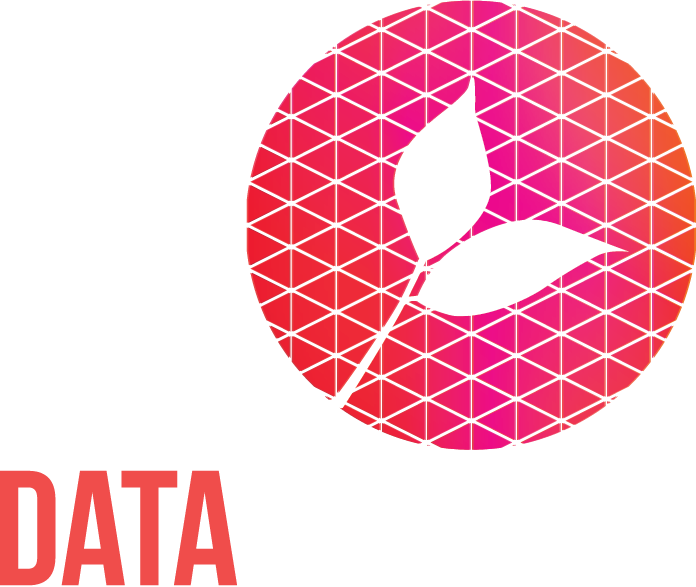Connecting our past and our future
The census* takes place on Sunday 21st March 2021 and it is a big day for all of us
The national census is a rare and momentous occasion, especially if you’re a champion of data for good. Understanding our changing population and changing needs are vital for planning for our future. It’s not just for public services like transport, education and health, hundreds of thousands of not-for-profits like charities, social enterprises and community organisations rely on this data too.
At Data Orchard census data is a big part of our lives. We use it particularly in relation to understanding equality and diversity, deprivation and demographics. Whether it’s housing, health, food poverty, or learning, enabling our clients to better understand the needs of people they serve is an important part of what we do.
The census is also important because it helps us to ensure, wherever possible, our clients’ data is aligned and hence comparable and potentially shareable. In ancient times this used to be a much more challenging task. A thousand years ago the Inca civilisation in South America used to collect population data using a system of strings, knots and dyes (called Quipus see image). There was no written language at the time so different colours and knots would be used to represent data e.g. labour, crops, livestock, treasure and taxes.
Of course there was no Internet so data transfer was carried out by a network of (presumably very fit) relay runners. Posted in pairs in huts (bear in mind the Andes mountains!) they could transfer this data at an impressive rate of around 300 miles a day from all across the empire. Then at planning HQ the analyst would get to work so they could plan where to move their food/resources and sustain their communities. The system worked incredibly well and the Inca civilisation survived and thrived for hundreds of years. Unfortunately it all broke down due to unexpected pandemics of new diseases that arrived with the Spanish invaders.
...and so to 2021, our first national census in the midst of a pandemic. We are fortunate that data collection today is easier than ever before. This is the first time data collection is going to be online by default rather than paper. (One of my first jobs was going flat-to-flat in inner city Manchester collecting data and persuading people to fill out forms for the 1991 Census…. whilst I loved meeting so many different people, believe me, this is a MUCH more efficient approach!). So, hats off to the Office for National Statistics and NISRA.
If you’re in England, Wales or NI do make sure you fill it in. I don’t suppose, in a lockdown there’s much else you’ll need to do this Sunday. So stand up and be counted with pride!
*The census for England, Wales and Northern Ireland. Scotland's census will take place next year.



